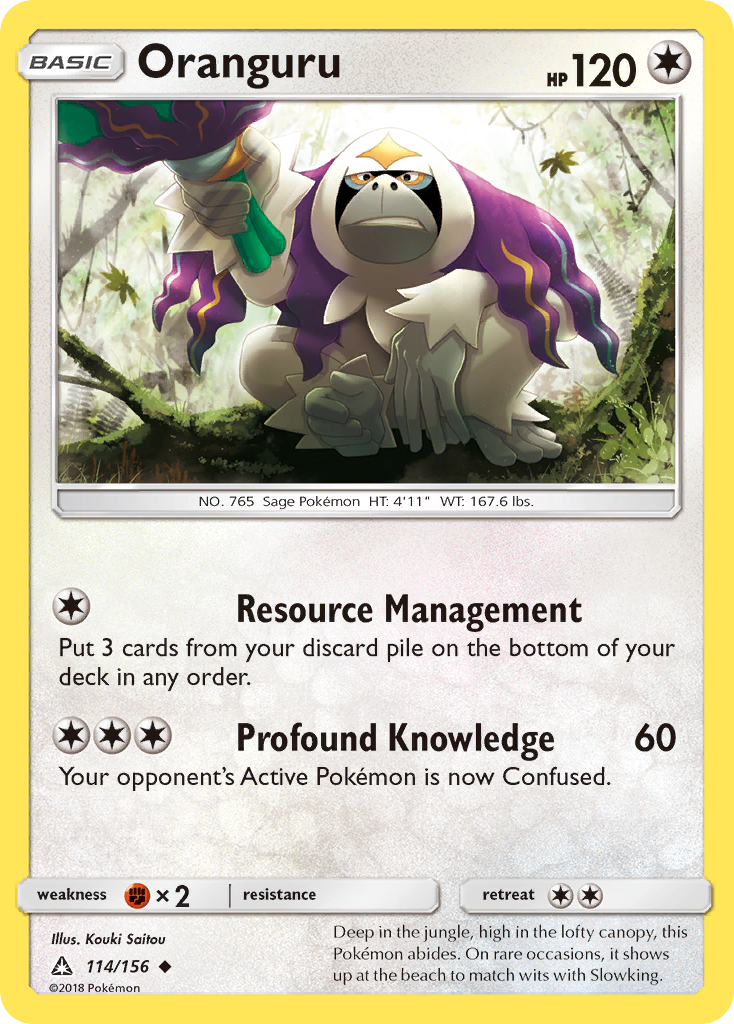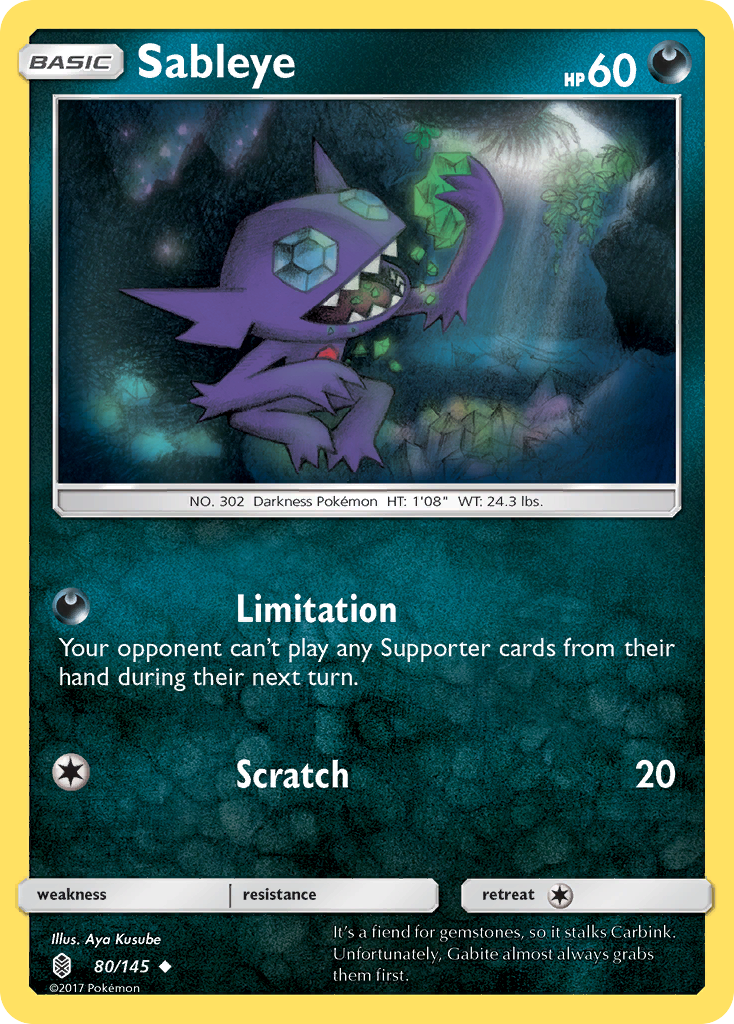Everything’s Under Control — The Many Ways to Beat Zoroark Control
Everything must come to an end. The Latin America International Championship is over and, with it, the first quarter of the 2019 season. But of course, this end is also a beginning -- the beginning of a new format. As expected, Lost Thunder had a considerable impact. Blacephalon-GX / Naganadel, a completely new deck, reached top 8; Granbull, another brand-new deck with a decent amount of hype, ended up in second place. Alolan Ninetales-GX found a spot in Buzzwole-GX / Lycanroc-GX but also allowed a resurgence of Stage 2 decks, including the new Zoroark-GX / Decidueye-GX / Alolan Ninetales-GX (or Brokan Deck) that reached top 4, and World Champion Robin Schulz's Gardevoir-GX / Swampert / Solgaleo-GX -- that's three Stage 2s in one deck!
Zoroark-GX, although a part of the metagame already, enjoyed a surge of popularity and success, as it was featured in 31 of the 64 decks in Day 2. Its partners included Lycanroc-GX, Weavile, Alolan Ninetales-GX and Decidueye-GX; but, unexpectedly, it was a control version of the deck that had the most success, winning the whole event. This strange new list (who expected a Zoroark-GX deck that only plays three DCE?!) is a new threat, but how dangerous is it? Can it even be countered? Well, yes, and that's what I will explain in this article.
First, I would like to address some concerns I have seen from the Pokemon community. Like with any deck that wins in a way that's generally considered annoying (think Sylveon-GX or Sableye / Garbodor), Zoroark Control's success at LAIC raised some fears, with some calling the deck toxic and worrying that it was overpowered. I don't want to police other players' feelings about the deck; I happen to agree that playing against decks that use stall or Energy denial can be annoying, although I believe they still have a place in the game. However, it is a fact that control decks, whether you like them or not, are not unbeatable. Yes, it's scary to face a deck that can use Abilities to draw up to eight additional cards a turn and then play a disruption Supporter; and such concepts have been successful before, whether it was Tord Reklev's second place deck at NAIC, the recent Seismitoad-EX / Zoroark-GX decks in Expanded, or the similar but older Seismitoad-EX / Slurpuff back in 2015. In fact, fears about the current Zoroark Control deck can be attributed to Zoroark-GX's domination in Expanded last year, which wasn't exactly a control deck but did play disruptive Supporters while drawing with Trade. All that being said, many TCGs have had dominating control decks as well, and these can perfectly coexist with powerful aggressive decks.
The classic aggro/control duality, like many concepts originating from different games, can't be directly transposed to Pokemon. However, in this case, Zoroark Control and control decks from other games are similar enough that I'm comfortable using some theory and vocabulary from TCGs like Magic: The Gathering.
A defining factor of control decks is inevitability: the idea that, past a certain point in the game, the control deck can't lose anymore. In MTG, it might be because they'll have enough cards and mana to kill any creature or counter any spell. In Pokemon, it's probably because they reached total board control by removing all Energy in play. A deck like Sableye / Garbodor can even control what you draw thanks to cards like Hiker and Trick Shovel. Primal Groudon-EX, a deck that is not often referred to as a control deck but is absolutely one in my opinion, will slowly build an uncounterable threat and beat you up with it.
In Standard, Zoroark-GX will control the board thanks to Energy denial and stall strategies like Counter Catcher + Sableye. To illustrate how this works, let's take its matchup against a more aggressive deck like Granbull. In this matchup, Granbull might take some early Prizes, but at some point the Zoroark player will get Granbull's Magcargo stuck in the Active position. Granbull will have used its only Switch and, because of Sableye's Limitation, playing Guzma is impossible. The only recourse for the Granbull player is to retreat manually, but this can't be done in one turn, and every time they attach an Energy, a card like Plumeria will make short work of it. There's no way to win: that's inevitability.
So, how do you beat such a deck?
First of all, it must be noted that Zoroark Control is a hard deck to master, so it probably won't reach the same popularity as more linear decks. If a player of average skill were to pick it up, they would not play it perfectly, and a more experienced player could beat them by capitalizing on their mistakes. Although true, this is not a satisfactory answer: I want to show how you can beat Zoroark Control even when it's piloted by a top-tier player.
I see three main routes to this goal. The first is to deny the opponent the state of inevitability: if you have a way to recycle Energy from the discard or continually add them to your board, you can prevent your opponent from smothering you this way. The second way is to simply beat the opponent before they reach the state of inevitability -- basically by taking six Prizes before they can run you out of resources. Finally, Lost Thunder came with several cards that can send cards to the Lost Zone; these can be used to throw a wrench in Zoroark Control's plan. I will detail these three ideas in this article.
This concludes the public portion of this article.
If you'd like to continue reading, consider purchasing a PokeBeach premium membership! If you're not completely satisfied with your membership, you can request a full refund within 30 days.
Each week we post high-quality content from some of the game's top players. Our article program isn't a corporate operation, advertising front, or for-profit business. We set our prices so that we can pay the game's top players to write the best content for our subscribers. Each article topic is carefully selected, goes through multiple drafts, and is touched up by our editors. We take great pride in our program!



